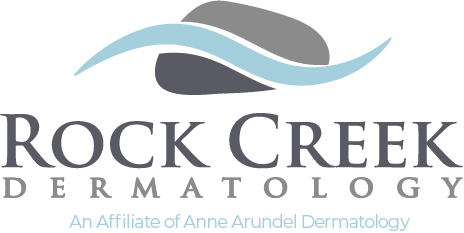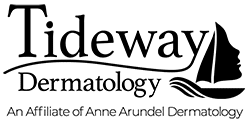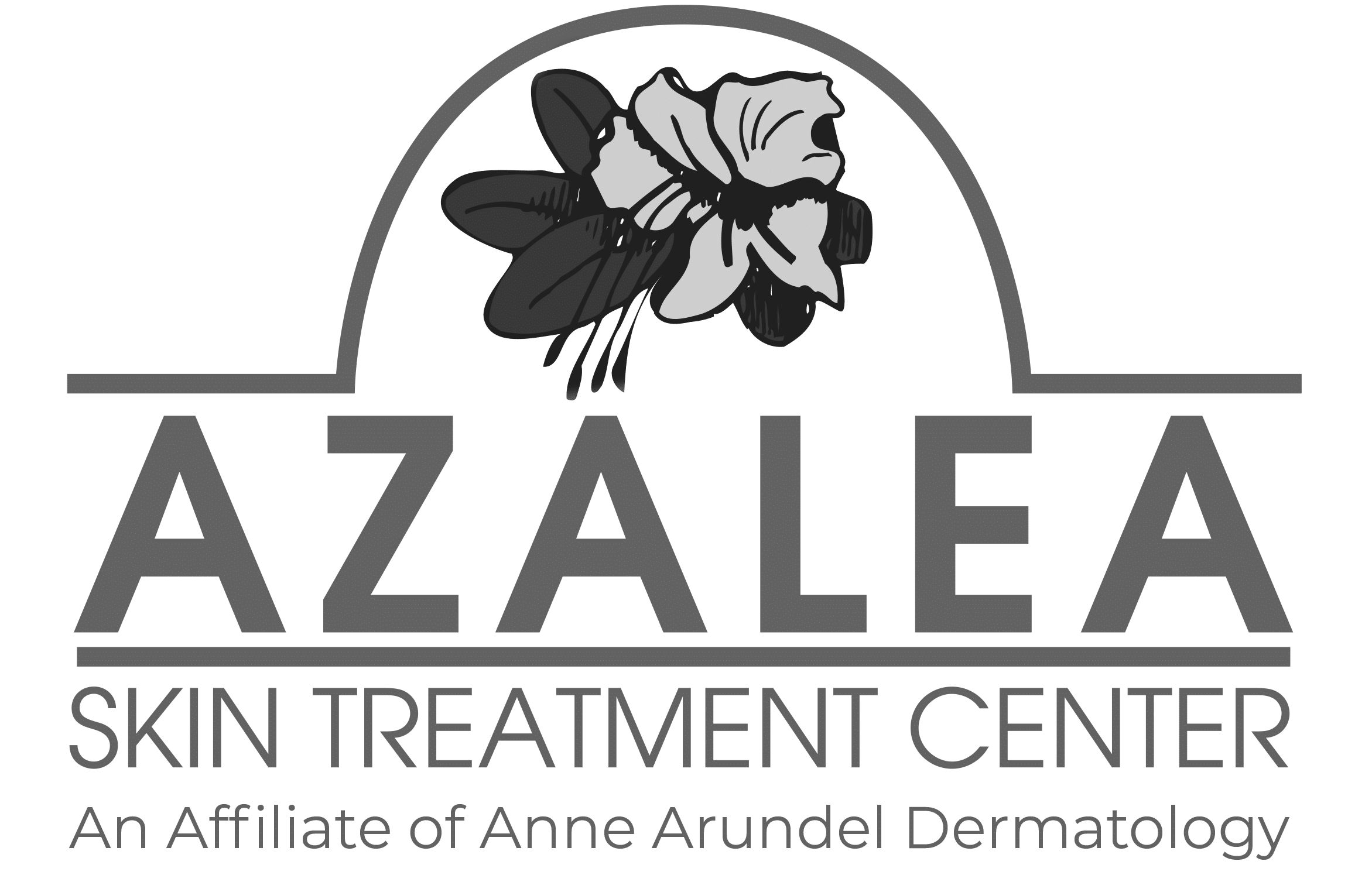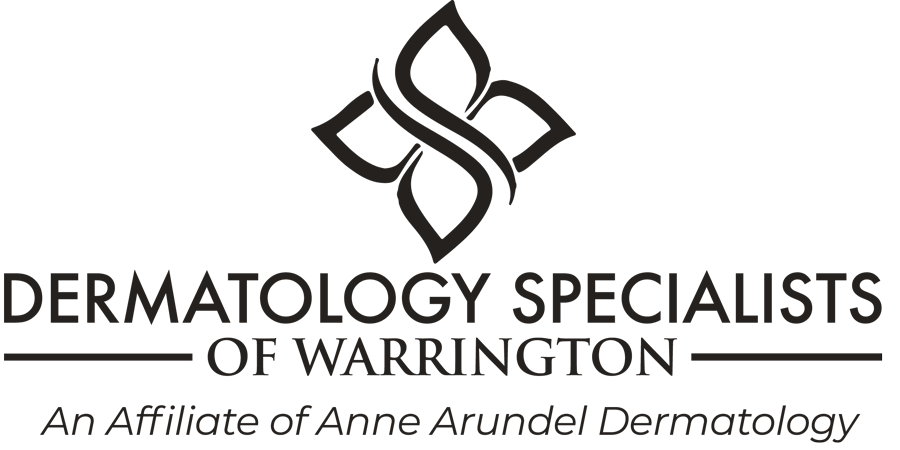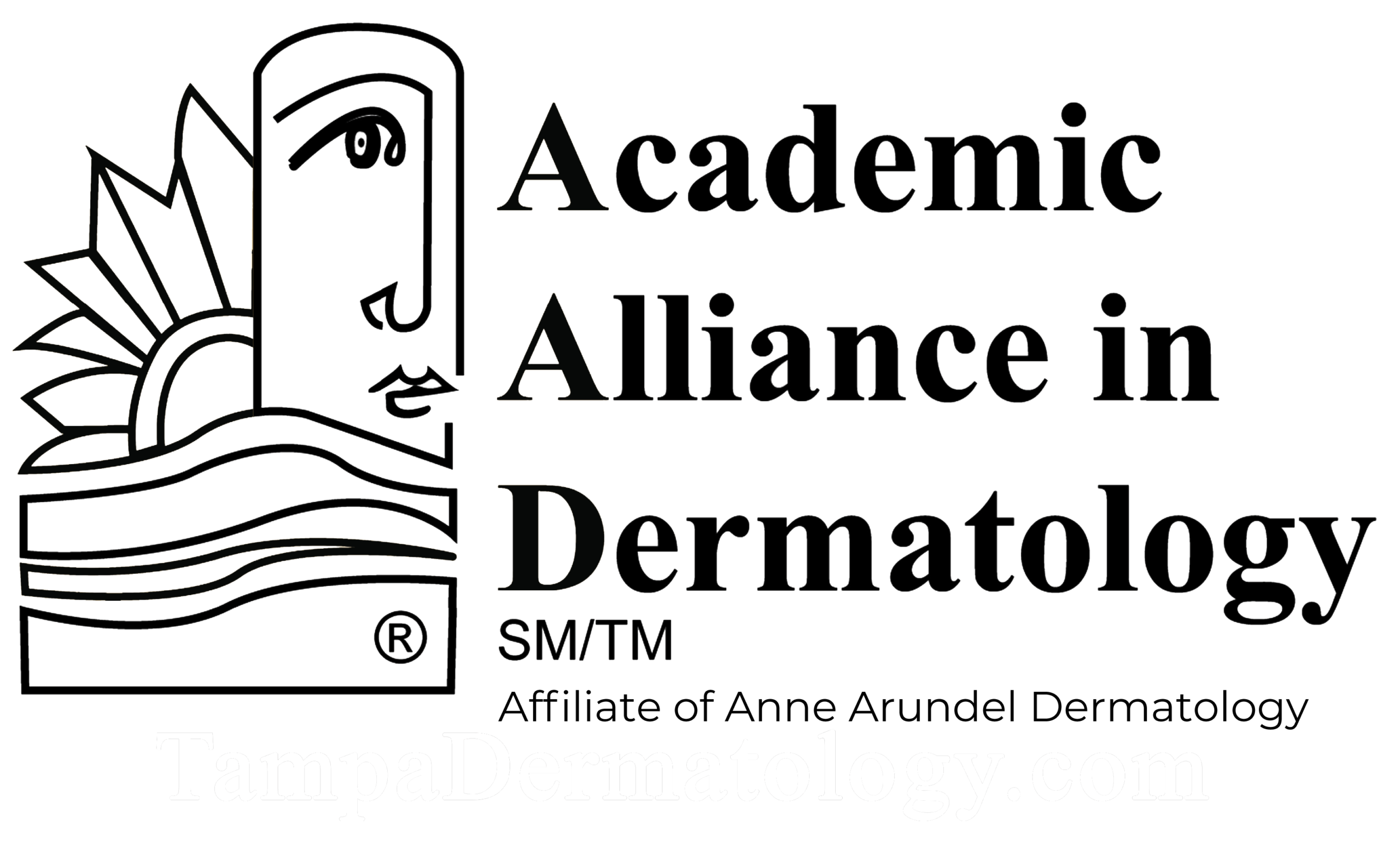Nearest Location to you:
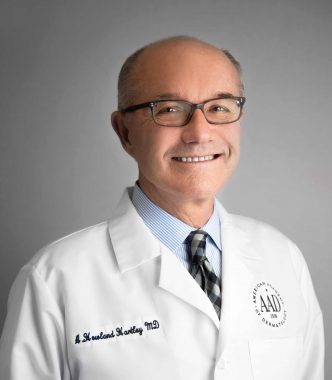
Hartley, M.D.
He is a diplomate of the American Board of Pediatrics, the American Board of Dermatology, and a fellow of the American Academy of Pediatrics, the American Academy of Dermatology, the Royal Society of Medicine, District of Columbia Dermatologic Society, American Medical Association, Medical and Chirurgical Faculty of Maryland and The Society for Pediatric Dermatology

M.D.
Her medical areas of interest include infantile hemangiomas, vascular malformations, birthmarks, atopic dermatitis/eczema, moles, acne, psoriasis, genetic skin conditions, and skin cancers. She also received advanced laser training during her pediatric dermatology fellowship for the treatment of vascular birthmarks, including port-wine stains.
A: From babies with potentially dangerous birthmarks to teenagers with acne, our dermatologists provide compassionate care — reassuring parents and minimizing discomfort in small children while restoring confidence in teens with acne. Our specialist uses their expertise to properly diagnose our youngest patients.
A: Sunscreen can be used safely on all sun exposed areas of the body starting in infants older than 6 months of age. I usually only recommend mineral sunscreens for my pediatric patients with the active ingredients zinc oxide or titanium dioxide. I do not recommend chemical sunscreens in younger kids since there is a greater risk of chemical absorption. Find a sunscreen that is also “broad spectrum” which means it will block out both UVA and UVB rays. Sunscreens should be re applied every two hours when outdoors.
A: I recommend trying to avoid peak sun hours from 10am-2pm when UV rays are the strongest. Consider sunglasses or hats as well to help protect the your child’s skin. Avoid direct sunlight for young infants and keep your baby in the shade such as under an umbrella or the canopy of your stroller to prevent overheating.
A: New moles can normally appear during childhood and adolescence but certain changes should be checked by your dermatologist to be sure it is not harmful. Any mole that is growing quickly, bleeding, becoming painful, has irregular colors or jagged borders, or looks different from your child’s other moles should be examined. Melanoma is very rare in children but it is a diagnosis we don’t want to miss!
A: Moisturizers come in three different forms: lotions, creams, and ointments. Ointments are the heaviest and seal moisture in the best. I prefer ointments for very dry skin such as vaseline or aquaphor and I recommend applying it 2-3 times per day. For less greasy options, creams are another good alternative. Apply the moisturizer immediately after showering and patting the skin dry. I recommend avoiding fragranced products which can further irritate your child’s dry skin and sticking with unscented and fragrance free options.
A: Irritants may include perfumes/fragrances, harsh soaps and detergents, saliva, and certain plants. Contact dermatitis causes an itchy skin rash that can often also burn or sting. Treatment includes moisturizers, topical (or sometimes oral) steroids, and anti-itch creams. Other common pediatric skin issues are Acne, Eczema, warts, and birthmarks.









